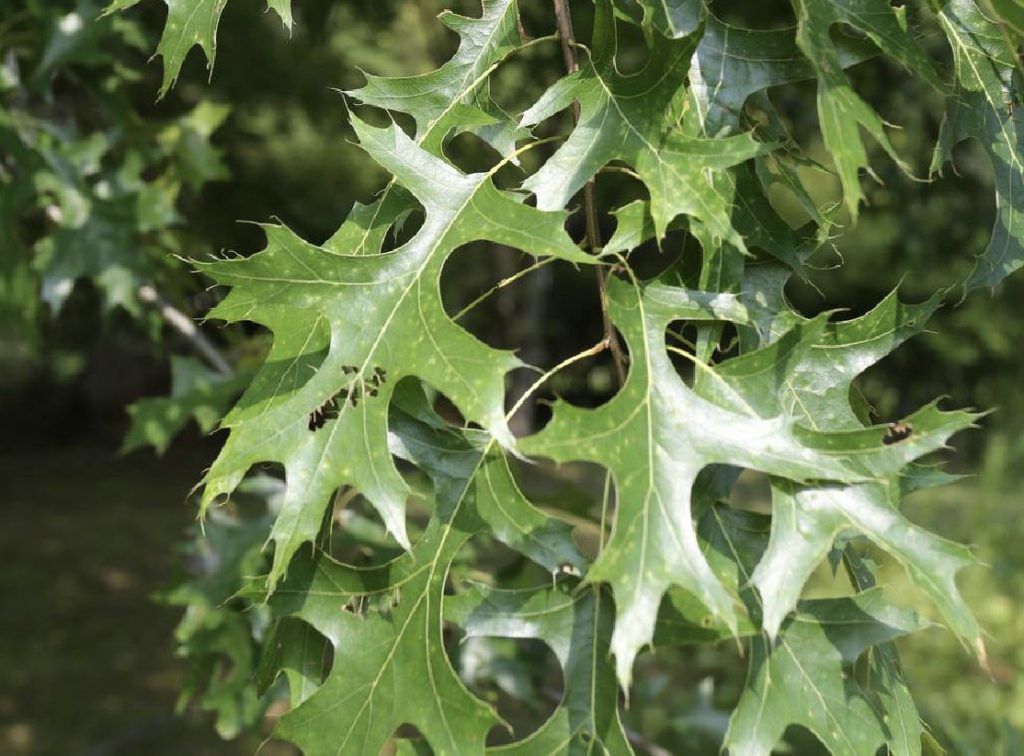Quercus palustris seed

Quercus palustris, commonly known as the Pin Oak, is valued for its ecological, ornamental, and practical uses. This deciduous tree is native to North America and commonly thrives in wet, lowland environments, though it adapts well to urban settings and can even tolerate varying soil conditions, including those found in city landscapes. Here are some of its notable contributions and applications:
- Ecological Role: Pin Oak plays a crucial role in supporting local wildlife. Its acorns are a rich food source for many animals, including squirrels, deer, and birds, making it a vital species in woodland ecosystems. Additionally, the tree contributes to environmental sustainability by sequestering carbon and helping to reduce atmospheric CO₂, which supports climate resilience efforts. Its adaptability to both natural and urban areas helps maintain green spaces in cities, where it provides shade and supports biodiversity by attracting pollinators such as bees and butterflies.
- Ornamental Value: With its distinctive, deeply lobed leaves and vibrant autumnal colors, Pin Oak is popular for landscaping, especially in parks and residential areas. Its glossy green leaves transform into brilliant red and russet tones in the fall, creating seasonal visual interest. The tree’s symmetrical, pyramidal shape and tolerance to different soil types make it a suitable choice for urban planting, where it is often used to enhance streetscapes and gardens.
- Timber and Wood Uses: Although not as widely used as some other oak species, Pin Oak wood has applications in woodworking and construction. It is sometimes used for furniture, cabinetry, and flooring due to its moderate density and aesthetic grain patterns. However, the wood has a tendency for small “pin knots,” which may affect its structural strength in certain uses, so it is primarily favored in decorative applications rather than heavy-duty construction.
- Historical and Culinary Uses: Traditionally, Native American tribes used acorns from oak trees, including Pin Oaks, as a food source. They would leach the acorns to remove tannins and then grind them into flour. While not common in modern cuisine, there is renewed interest in exploring acorns as an ingredient, adding a sustainable and historical element to contemporary recipes.
- Limitations and Care: Although resilient, Pin Oak is vulnerable to certain pests and diseases, including oak wilt and various insect infestations like the gypsy moth. Its thin bark makes it susceptible to fire damage, and it can develop iron chlorosis (leaf yellowing) in alkaline soils. The tree does best with seasonal pruning to maintain its structure and health in urban environments.
In summary, Quercus palustris is appreciated for its ecological benefits, aesthetic appeal, and moderate timber utility. Its adaptability to diverse habitats and striking seasonal colors make it a versatile and valuable species for both natural and cultivated landscapes.
